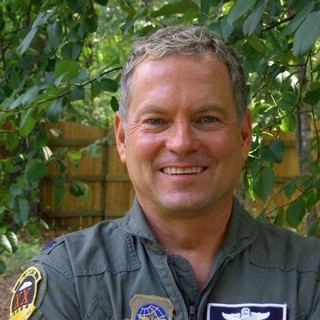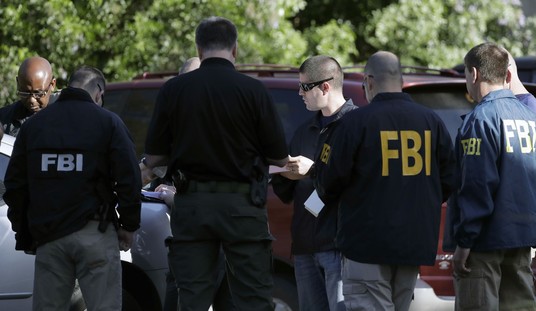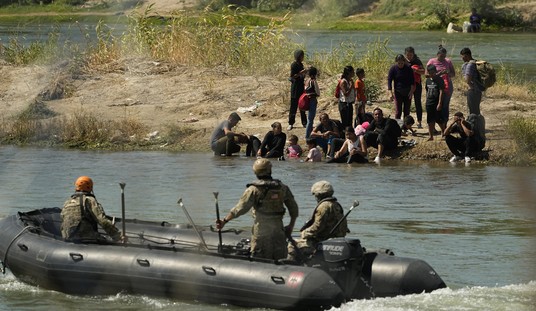 In my USAF C-141 flying years, I often flew NASA support missions to Ascension Island. It’s a joint RAF/USAF base deep in the South Atlantic. It’s a spit of an island whose landscape looks like the Moon — pockmarked volcanic rock and beaches, an undulating runway often populated with sheep or cattle, a mountain peak reaching into the clouds named “Green Mountain” — with some locals and some military/NASA personnel. It’s a beautiful little island with some amazing history. We’d typically fly from Charleston AFB, SC, to Patrick AFB, FL, then on to Antigua for gas (and a cheeseburger), and then the long flight south to the remote island. We called it “the world’s longest straight in.” After takeoff, you flew the same course all the way to the runway. Often late at night.
In my USAF C-141 flying years, I often flew NASA support missions to Ascension Island. It’s a joint RAF/USAF base deep in the South Atlantic. It’s a spit of an island whose landscape looks like the Moon — pockmarked volcanic rock and beaches, an undulating runway often populated with sheep or cattle, a mountain peak reaching into the clouds named “Green Mountain” — with some locals and some military/NASA personnel. It’s a beautiful little island with some amazing history. We’d typically fly from Charleston AFB, SC, to Patrick AFB, FL, then on to Antigua for gas (and a cheeseburger), and then the long flight south to the remote island. We called it “the world’s longest straight in.” After takeoff, you flew the same course all the way to the runway. Often late at night.
RAF Ascension Island, also known as “Wideawake Airfield” or “Ascension Island Auxiliary Field,” is a military airfield and facility located on Ascension Island in the South Atlantic Ocean. The airfield is currently jointly operated by the Royal Air Force and the United States Space Force. The runway was built by the US during WWII and has been instrumental since then for a number of military operations, most notably the Falkland Islands conflict between Argentina and the UK.
Interestingly, on a historical note, following his defeat in the Napoleonic Wars, Napoleon Bonaparte was forced into exile on nearby St. Helena in 1815, where he was guarded by members of the 53rd (Shropshire) Regiment of Foot. He later died there.
SEE ALSO: Buzz’s Bedtime Stories: Grenada and Operation Urgent Fury
Buzz Cut: 'Buzz’s Bedtime Stories, Midway Island'
Flying there was an aircrew adventure. We’d always layover because it was such a long day, and we took advantage of it. The beaches were gorgeous, although the water could be a bit treacherous. Swimming was a little dicey, but we’d go, throw a line in the ocean, fish, and watch the amazing sea life. If you hit the island at the right time, you could watch the sea turtles emerge and lay their eggs in the sand. They even had a banged-up old station wagon that they’d give us Air Force pukes as long as one of us had a driver’s license from Ascension. We called it the “MAC Mobile.” It was a piece of crap, but we loved it! Beer cans rolling around in the back, years of accumulated sand, just a hooptie!
There was also a small town right off base that went back hundreds of years to when the island was used to house sailors interdicting the ships of the African slave trade. There was a small, ancient bar that still had liquor bottles from 400 years previously. It used to be a haven for pirates who plundered the slave trade ships from Western Africa. It was cool. You could feel and smell the history. All the sailors and pirates who hung out there. It was remarkable. The stories, the characters, that must’ve hung out there.
Unfortunately, one of my last flights to Ascension was carrying NASA employees to monitor the flight of the Challenger in 1986. We’d already taken off and were headed south out of Florida. Our jet was full of mission monitors, technicians, etc.
The Challenger launched and exploded while we were a few hours into the flight. We had just departed Antigua. I received an HF radio call from the Air Force informing me of the disaster. We were still 3-4 hours out from Ascension. I thought, “Do I tell the passengers or not?” I decided they needed to know. I told them.
One of the most somber moments in my career. They were devastated. The flight became deathly quiet for the duration. We realized we weren’t done yet as a crew. We needed to keep working. Our crew decided we’d all go to the bar with them when we arrived. And we did. It was a sad evening, but it was cathartic. Painful but necessary.
Crew dog life.














